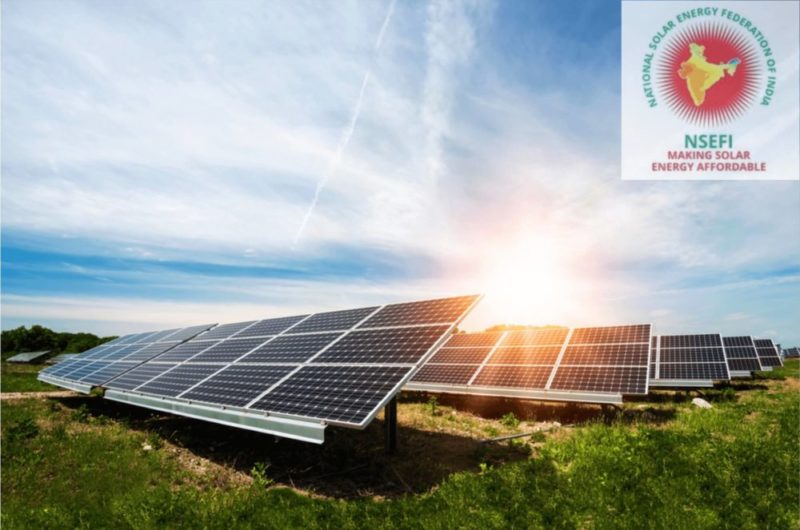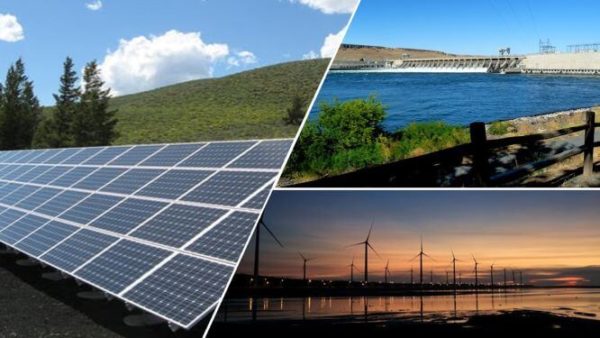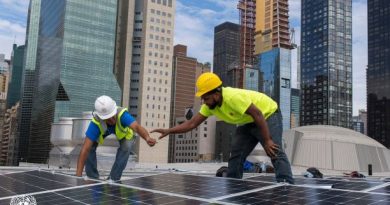100 GW by 2022, NSEFI Issues Wishlist for Achieving Solar Targets in India
The National Solar Energy Federation of India (NSEFI) has laid out nineteen recommendations as a part of its Wishlist, which it believes can help India achieve its Solar targets.

The MNRE year-end review issued a little over a week ago revealed that as of 31st October this year, India’s total installed solar PV capacity stood at 24.33 GW. A little more than 75 GW from the highly ambitious 100 GW by 2022 target set by the government. While the MNRE has listed a very bold one-step path to achieving that target by tendering close to 60 GW of solar projects in the next two financial years of 2019 and 2020 with a two-year development deadline, we all know that plans are nothing,panning is everything. That makes the NSEFI wishlist interesting.

- Renewable Purchase Obligation (RPO) for each state and entity needs to be more strictly enforced.
- Renewable Energy Certificate (REC), a big success in the west for pushing giant corporates to become more energy conscious, needs its market and bankability to be strengthened.
- Solar Energy to move from ‘Class’ to ‘Mass’.
- Every farm to be encouraged to set up and export solar energy to the grid through net metering. Farmers to supply electricity to the Grid. (NSEFI is happy that the Govt. has accepted this long-standing suggestion of NSEFI by way of KUSUM yojana).
- Every taluka to go in for appropriate size solar plant, thus ensuring decentralized solar power generation.
- Emphasis on the need for deployment of Micro and Minigrids on a large scale.
- Affordable low-cost solar finance.
- Give high priority for deployment of Concentrated Solar Power (CSP) with New Technologies.
- Giving the faster adaptation of new storage technologies a high priority, to help unlock the true potential of Solar.
- There needs to be parity in taxes and duties.
- Massive research effort and collaboration with the world’s reputed laboratories to commercialize the already achieved high efficiency (42% in NREL and other laboratories). If this is done, it will be a disruptive technology requiring half the land required presently.
- Easy finance availability for Residential Rooftop, and for commercial and industrial establishments, especially MSMEs.
- Support and encouragement for Indian manufacturing, including module manufacturing to become globally competitive.
- Evacuation of renewable power to be made the responsibility of the State instead of the project developer.
- Ideally, no open Access charge for Renewable Energy. If this is not possible, uniform, low open Access rates throughout the country.
- Land availability for solar projects, on a priority basis.
- Same priority to solar as that of space and nuclear energy.
- Emphasis on the need for a constantly increasing budget for renewable projects, to almost double every year. A rate at which it will still be much lesser than the fossil fuel subsidies.
- e-Mobility to be encouraged with the use of solar energy.
As we can see, the list presents a step-wise process of achieving the renewables target set by the government, while also incorporating cleaner transportation and a more economically stable and sustainable solar sector in the country. More importantly, logically, none of the wish list items are really tough, unless someone makes it so. However, with 4 years left to reach the 100 GW target, it will be hard to see the government (with elections on the horizon now) take immediate action on most of these items, though a return to power would certainly lead to a greater focus.
Read More: Renewable Energy. The one undisputed success story of the Modi Government






